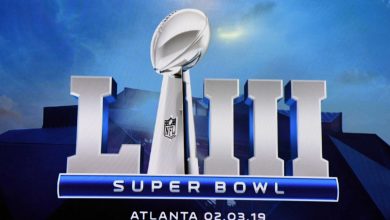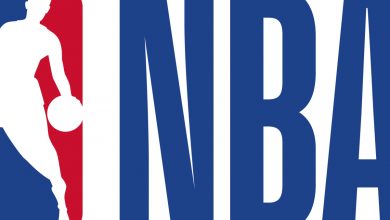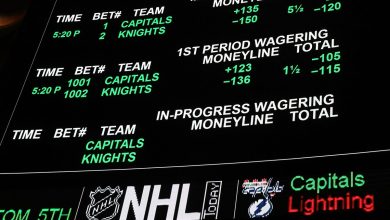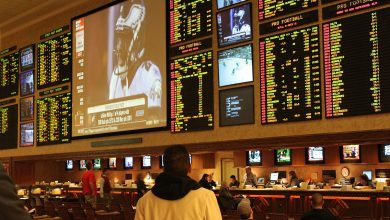Betting Strategy: How to Use Good Bankroll Management

Bankroll management is where you play at certain limits to avoid losing all of your bankroll. A bad runs of cards is going to happen to every poker player, and every player must expect it from time to time. Why is bankroll management important? You play poker to make money, that’s why and managing your bankroll will keep you at the tables. The reason why you should choose your limits carefully in poker is due to the variance. Variance is a term used to describe those “ups and downs” where you fluctuate from having bad runs of cards to good runs of cards, resulting in varying profits and losses.
If you play enough poker, there are going to be times where you will consistently lose money. Not because you are playing bad poker, but because the cards are just not falling your way. This means that if you do not have enough money in your bankroll to absorb these big downswings, it is likely that you will lose it all. Every player, irrespective of ability, will experience variance in their game. Bankroll management is in place to deal with this variance and allow you to continue playing without going broke. Therefore, every time you sit down at the poker table, whether live or online, you want to give yourself the best opportunity to win the most profit while keeping the risk to a minimal and this is where you need the rules of bankroll management.
Limits to Play in Cash Games
If you’re playing pot limit or no limit poker, the safe recommended size of your bankroll is 20 times the full buy-in of where you like to play. That said, if you want to have the best chance of making money at a $1/$2 game where the maximum buy-in is $100, you should have a bankroll of at least $2000. Another way of applying bankroll management is by only putting 5% of your entire bankroll on the table at any one time, which will work out the same as having 20 times the buy-in for the game. If you like to play limit Hold’em, you should have 300 Big Bets as a minimum for the limit you wish to play at. Therefore, to play $1/$2 limit Holdem, you should have a bankroll of at least $600.
In tournament games it’s recommended that you have a bankroll that will give you 40 buy-ins to the level of tournaments that you wish to play. This way, if you want to play at the $10+$1 Sit n Go’s you should have a bankroll of $440. If you’re intending on taking poker up professionally, the bankroll you would require should be substantially larger than the 20 full buy-ins for cash, or 40 buy-ins for tournaments. This is because of living expenses constantly being taken out of your bankroll. It has to have the ability to withstand the variance along with the costs of everyday life.
Professional players will require a far bigger bankroll than the guidelines set out in this article. If you’re constantly using your bankroll to pay bills, you may find that you will not be properly rolled for the limits you are playing. There may well even be times of emergency when you will need to take a large amount from your roll. It’s good to have a little extra money behind you just in case you find yourself in that situation.
Short-Handed Tables
If you play at shorthanded tables, you’ve probably noticed there is greater variance than at full games. The fact that you will be involved in a greater number of pots and playing against your opponent’s weaknesses more than to your cards strengths will result in greater fluctuations in wins and losses over short periods of time. This means that you may consider slightly increasing your bankroll up if you want to outlast the variance of these games.
Absorbing Losses, Moving on
Good bankroll management helps you deal with the psychological impact that losses can have on your game because they will have an impact on your game. It happens to everyone. If you have a bankroll of 10 full buy-ins for a cash game at the $200 NL game and lose 4 buy-ins, your bankroll would deplete from $2000 to $1200. Thanks to your small initial bankroll this looks like a big loss and may cause you to tighten up your game and play scared because you’ll be afraid to lose any more money.
Now, if you had 20 full buy-ins for the $1/$2 game, your bankroll would change from $4000 to $3200. Immediately, you can see that visually this doesn’t look as bad as the loss in the first instance. Therefore, you’ll feel better you have the ability to win back the lost money without feeling the need to change your game.





